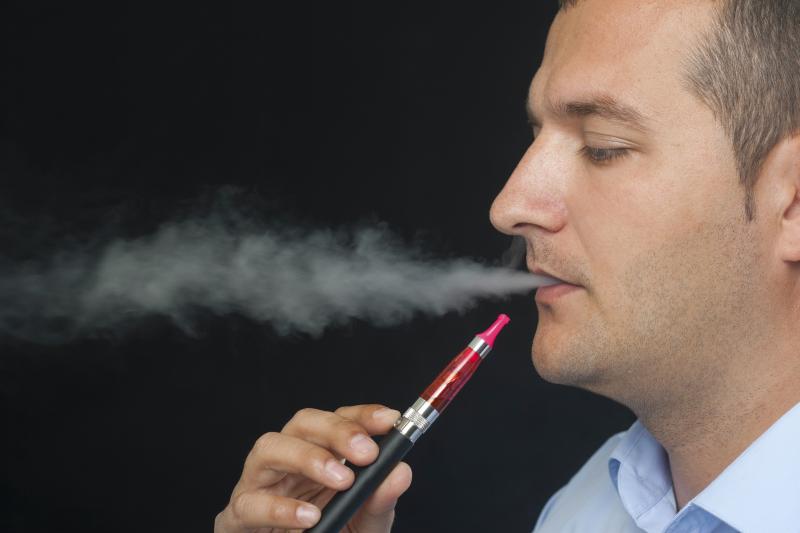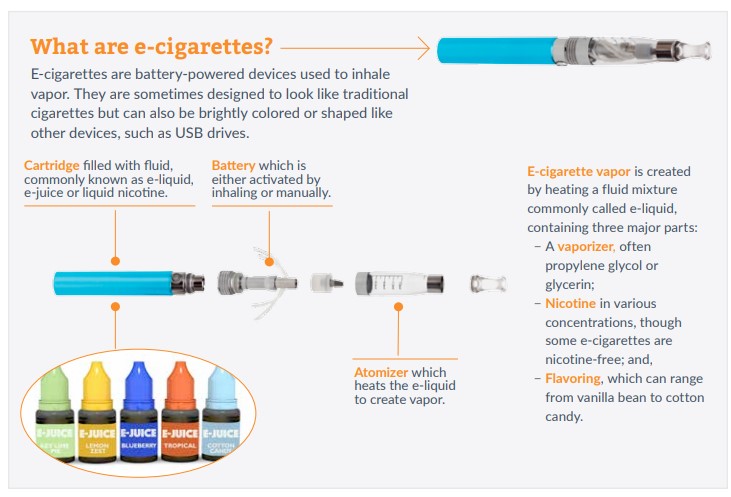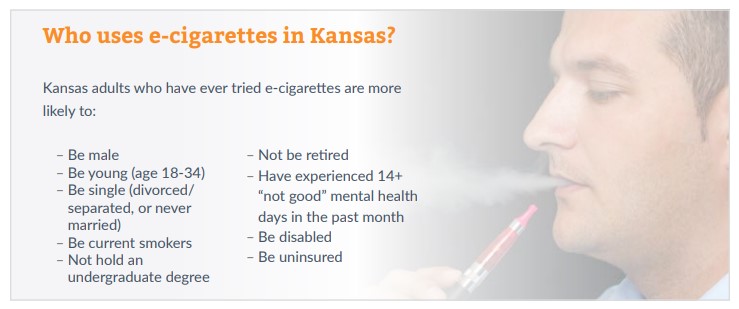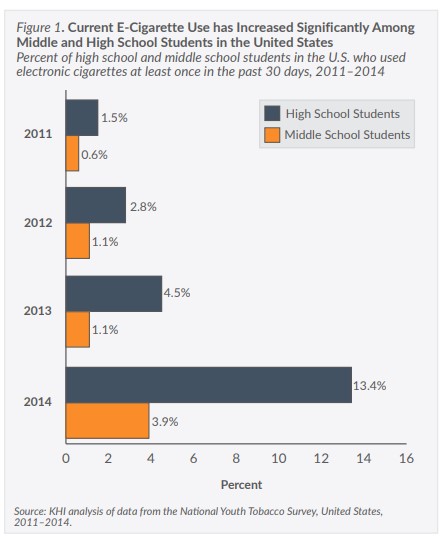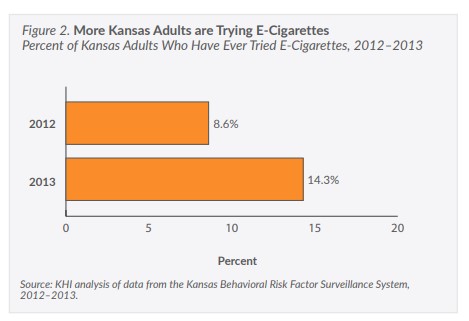The History of E-Cigarettes and Vaping
E-cigarettes were developed in China in 2003, and by 2014, nearly 500 brands existed worldwide. In the United States, they are sold in convenience and grocery stores, bars, gas stations, vaping shops and online. Sales have grown significantly, with the CDC reporting that between 2012 and 2013, disposable (single use) e-cigarette sales grew about 320 percent. The U.S. vaping industry is estimated to hit $10 billion in sales by 2017.
Many major e-cigarette brands have been purchased or created by large tobacco companies, such as Lorillard (blu), Reynolds America (VUSE) and Altria (MarkTen), and are being marketed as a glamorous and safer alternative to traditional smoking.
E-cigarettes are often marketed as a “healthy” alternative to smoking, and a recent review of 59 e-cigarette websites found that over 90 percent claim their products are “healthier,” “cleaner,” and “cheaper” than traditional cigarettes. In response to the boom in e-cigarette popularity, several health-related organizations, including the American College of Physicians, American Academy of Pediatrics, and the American Heart Association, have called for increased regulation, discouragement of use among youth, and/or increased funding for research on the safety or health effects of e-cigarette use.
E-Cigarette Use in the United States
Youth
The National Youth Tobacco Survey conducted annually by the CDC shows a marked increase in “current” (defined as at least once in the past 30 days) e-cigarette use among both high school and middle school students (Figure 1, page 3). Current use among high school students increased from 1.5 percent in 2011 to 4.5 percent in 2013, then tripled to 13.4 percent in 2014. For middle school students across the same period, current use increased from 0.6 percent in 2011 to 1.1 percent in 2013, then more than tripled to 3.9 percent in 2014. These percentages equate to approximately 2 million high school and 450,000 middle school students nationwide.
Among high school students in the U.S., males and females were equally likely to be current e-cigarette users. However, black/non-Hispanic students were less likely than white/non-Hispanic or Hispanic students of any race to be current users.
